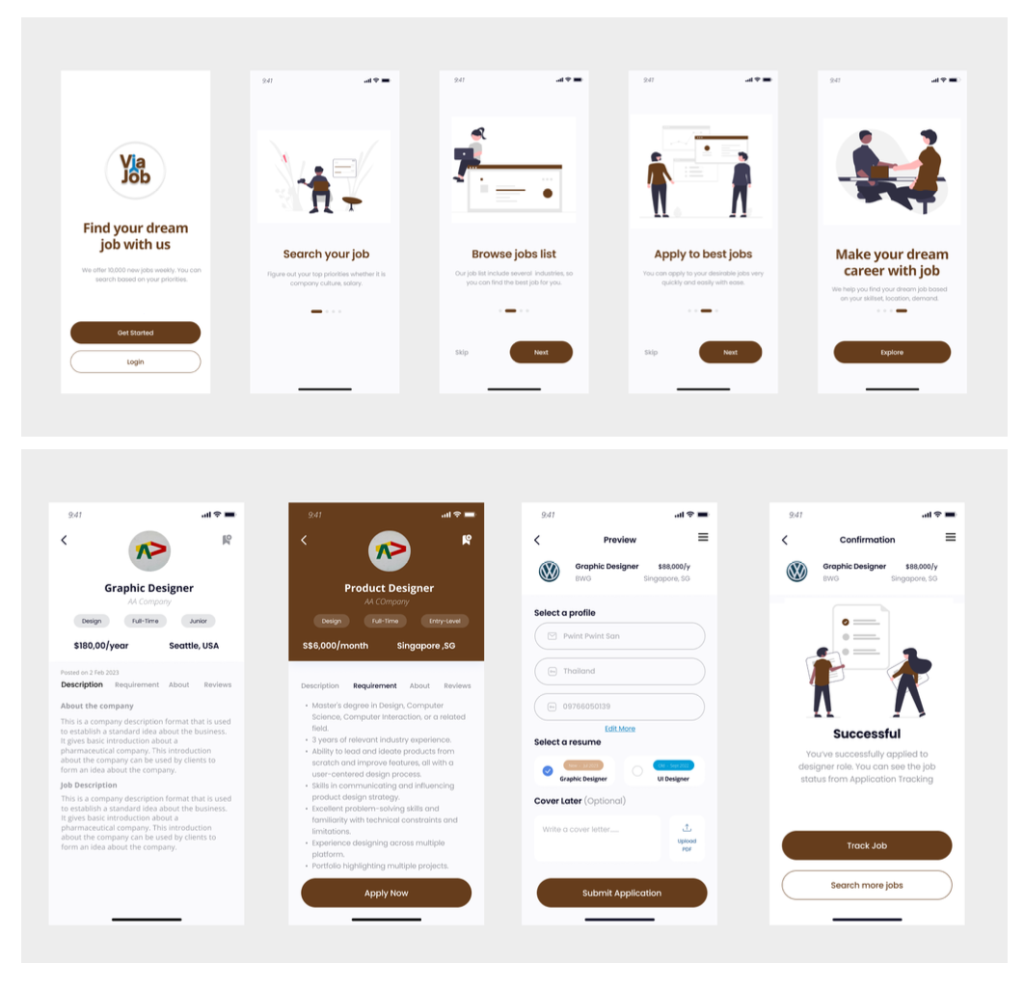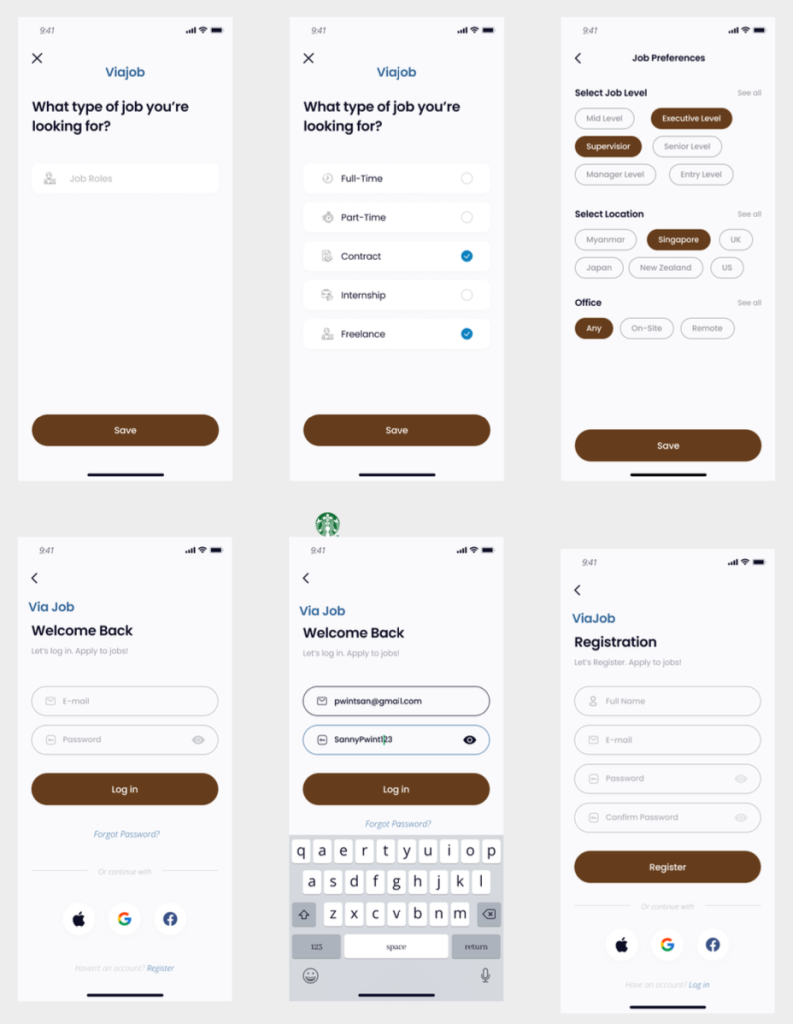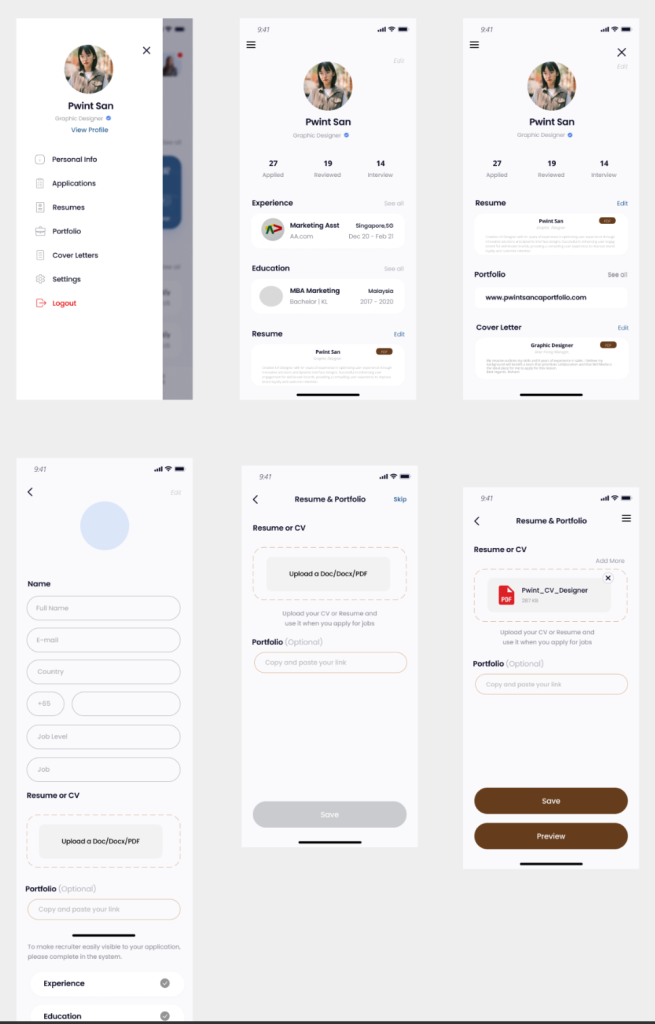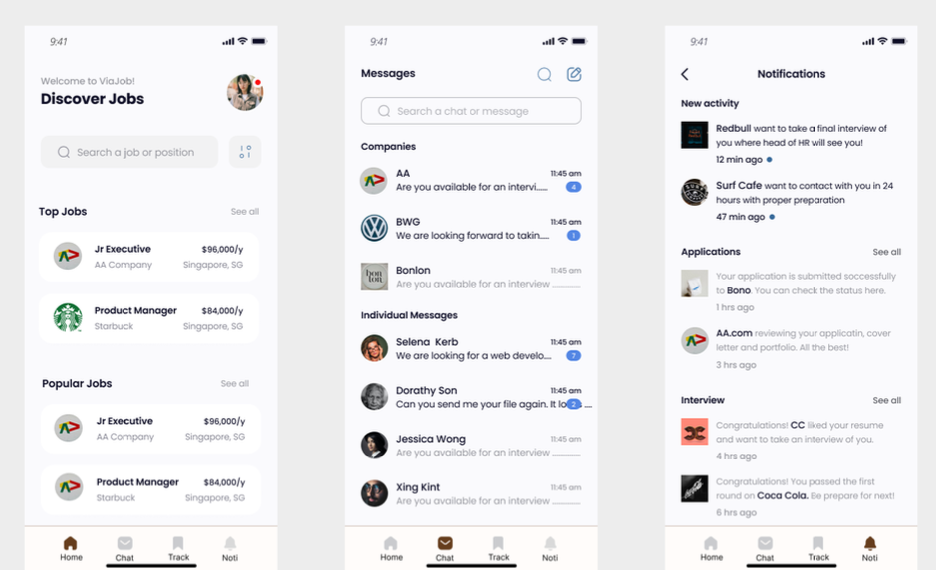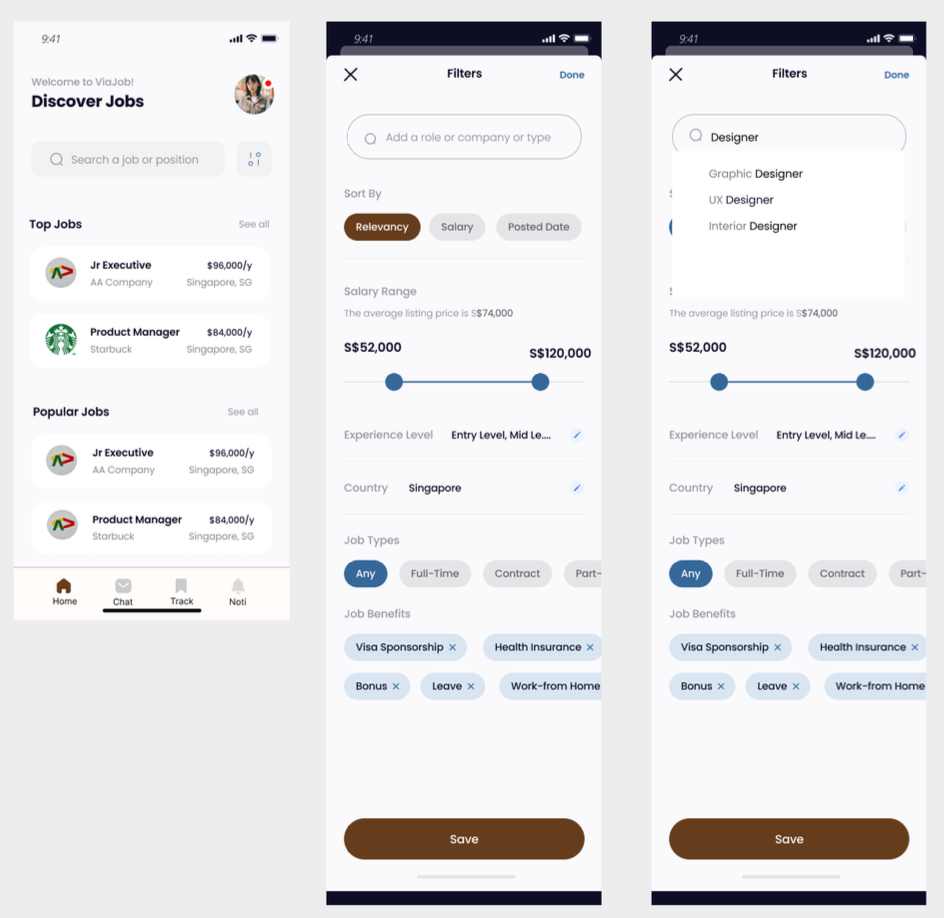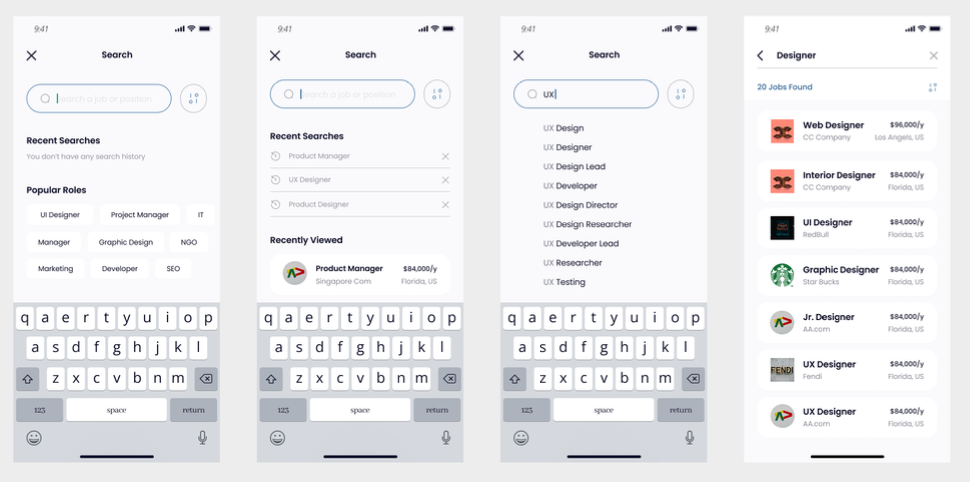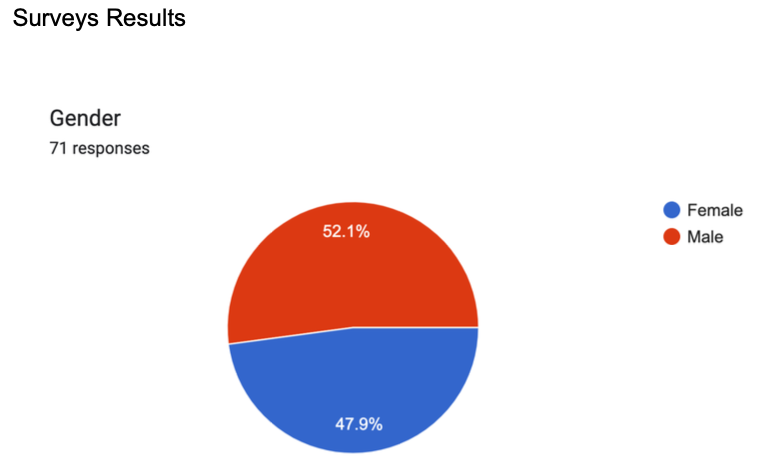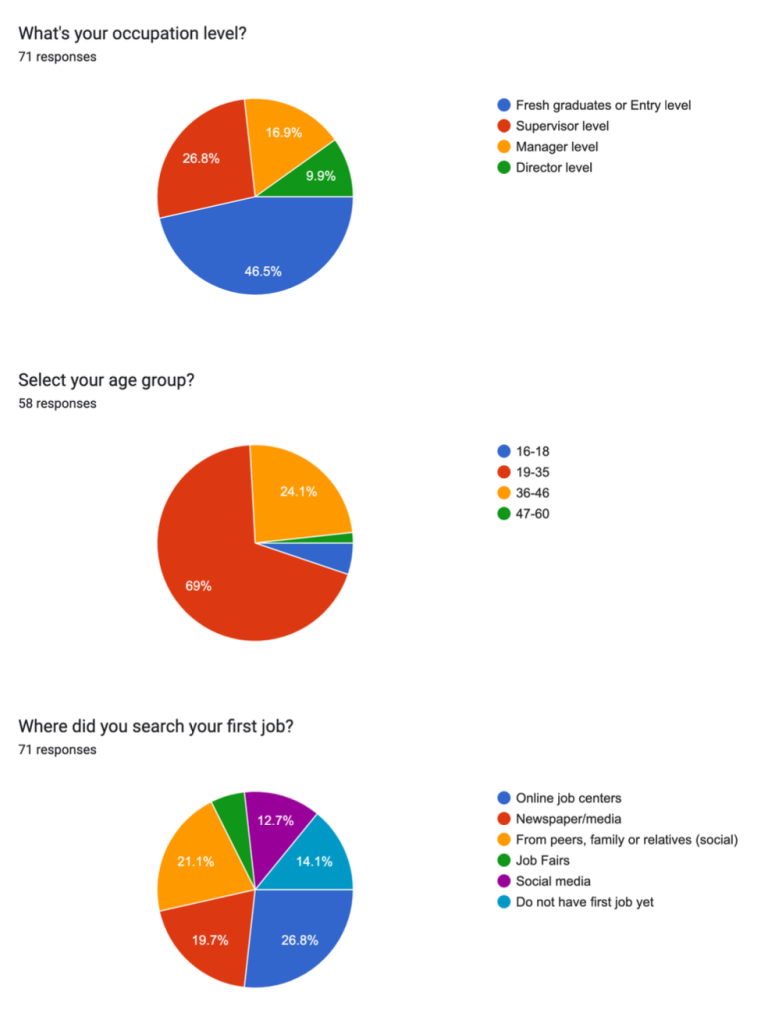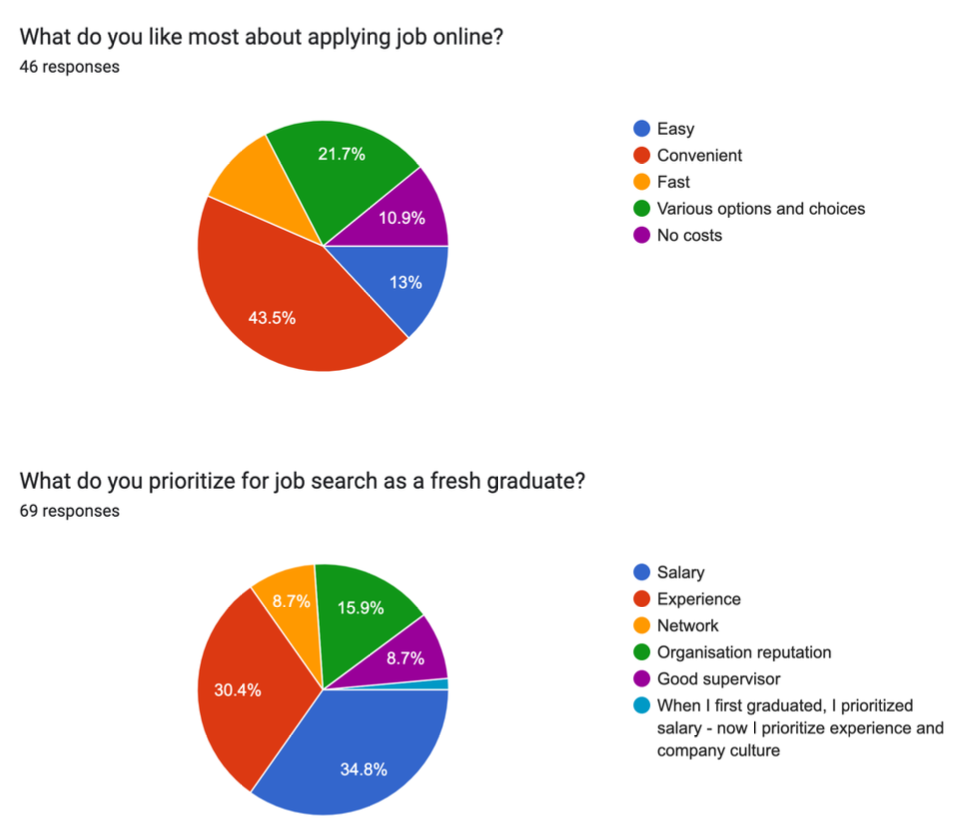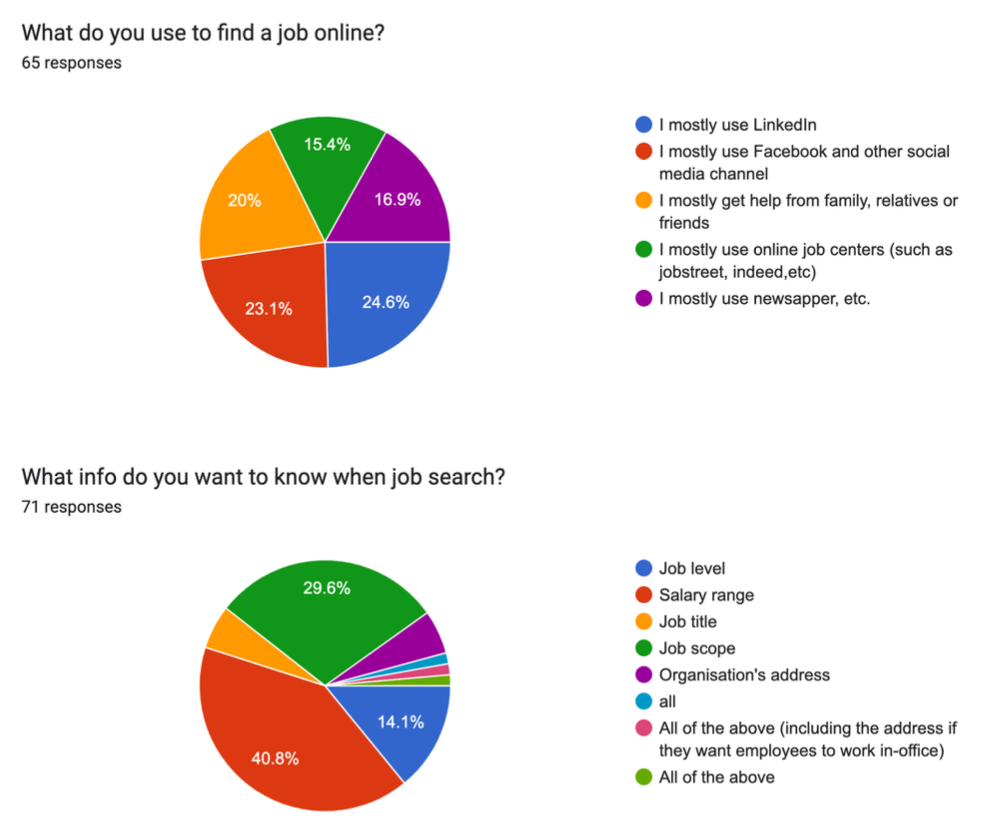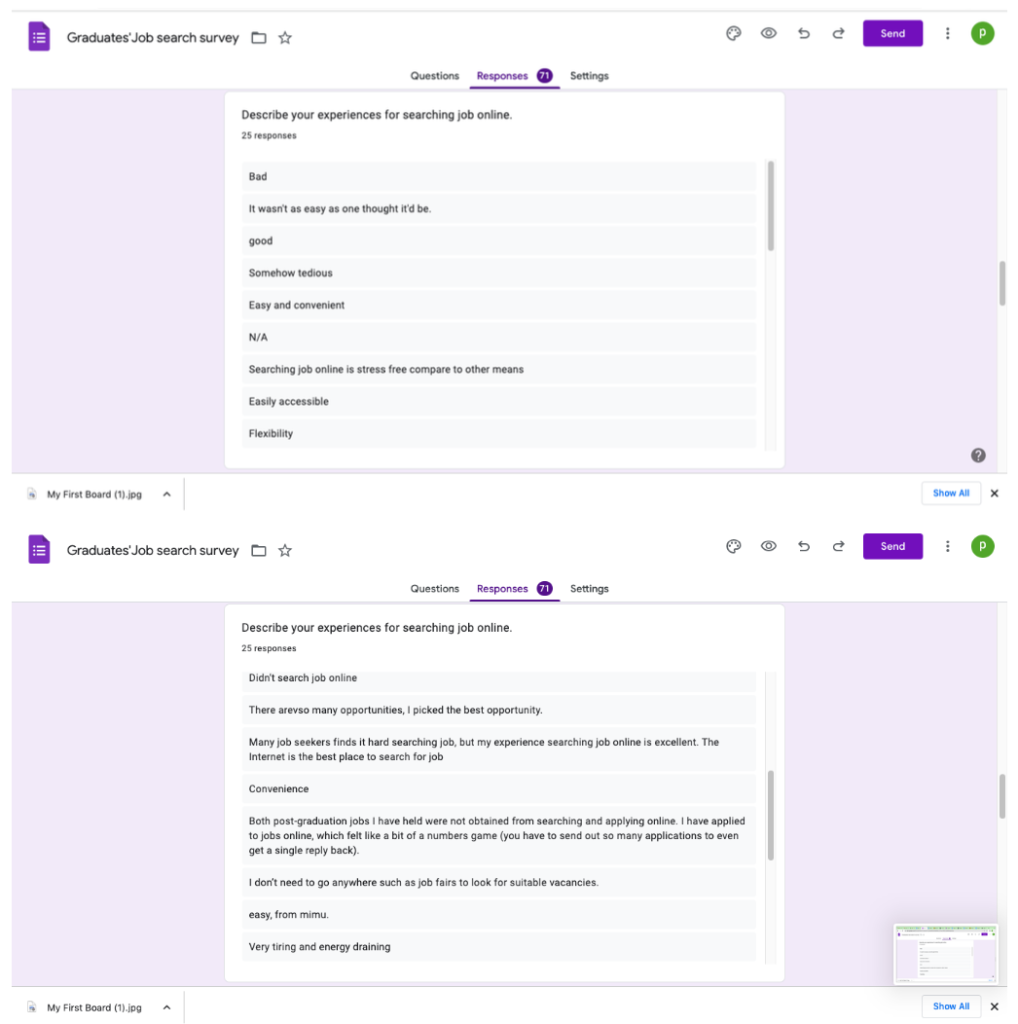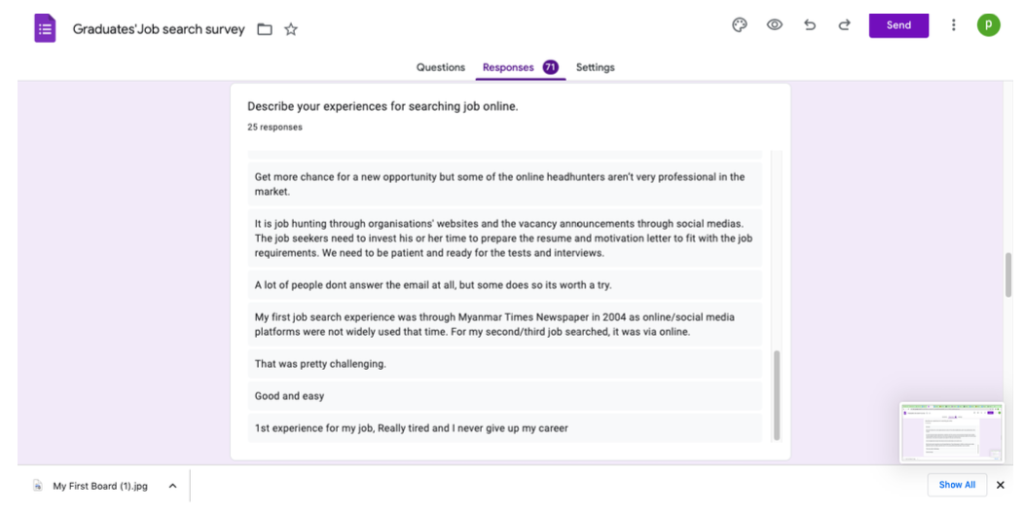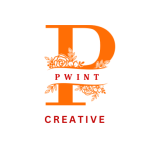Efficient Job Search Platform
Via Job
Via Job is a cutting-edge job search platform designed to revolutionize the way you find your dream job. The mission is simple: to deliver transparency, expedite the application process, and provide greater customization in your job searches. Via Job is committed to streamlining your job search, ensuring you spend less time and effort to discover the perfect company or position for you.
Roles
This is a concept project where I assumed the following roles:
Interaction (IxD) Designer
User Experience (UX) Designer
User Interface (UI) Designer
Deliverables:
Interaction Design: High-fidelity interactive prototype for key tasks on iOS
UX/UI Design:
Competitive analysis
User surveys and one-on-one interviews
User personas
Task flows
Journey maps
Site maps
Low fidelity wireframes and prototype
High fidelity prototype
Usability tests and findings
Project Specifications
Duration: 4 weeks
Tools:
Figma
Maze
Miro
Sketch
Marvel
Canva
Photoshop
Illustrator
Proposed Features
Advanced Job Filtering and Search:
Comprehensive filters for precise searches.
Save preferred filter combinations.
Intelligent filter suggestions based on preferences.
Efficient Application Process:
Streamlined forms with auto-fill and progress tracking.
LinkedIn integration for easy profile imports.
Real-time updates and user feedback collection.
Enhanced User Experience and Connectivity:
Follow-up messaging with employer in the apps.
Search history and personalized recommendations
Approaches
I adopted a conceptual model familiar to target users and leveraged the existing infrastructure to expedite and economize my market entry. Feature design and development were divided into parallel work-streams, where I focused on the most critical aspects.
Although each feature aimed for simplicity and ease of use, enhancing user benefit and differentiation from competitor platforms proved to be formidable tasks.
I took on this challenge independently, with limited coordination and time, completing the project within a three-month timeframe.
User Research
My research included competitive analysis to better understand the UX of job search platforms.User surveys helped me identify the right variables for borrowing and lending, and their motivating factors. Lastly, one-on-one interviews provided qualitative and emotional insight into key points of users’ journeys.
Insights:
Job seekers seek a faster, simpler process due to time constraints and competition.
Identified pain points:
Lengthy forms discourage completion.
Frequent profile adjustments for specific jobs are challenging.
Lack of timely feedback leaves applicants disheartened.
High competition exacerbates difficulties.
Major Findings from User Research:
34% prioritize salary range in job applications.
75% find the job application stage challenging due to lengthy forms, extended interviews, and a lack of feedback, emphasizing areas needing improvement.
.
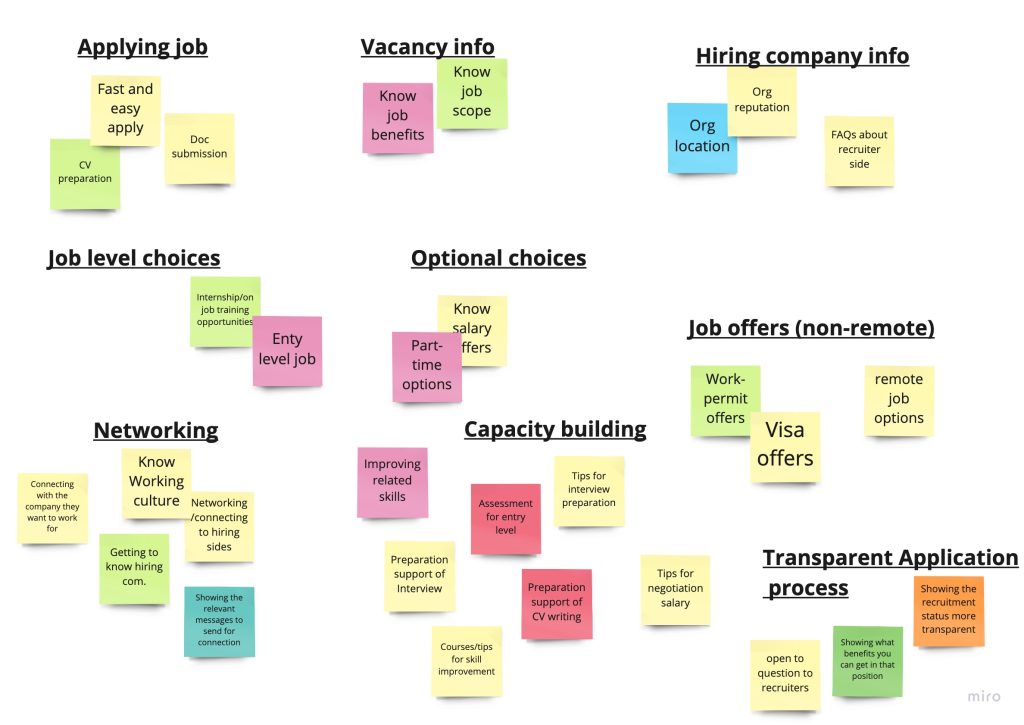
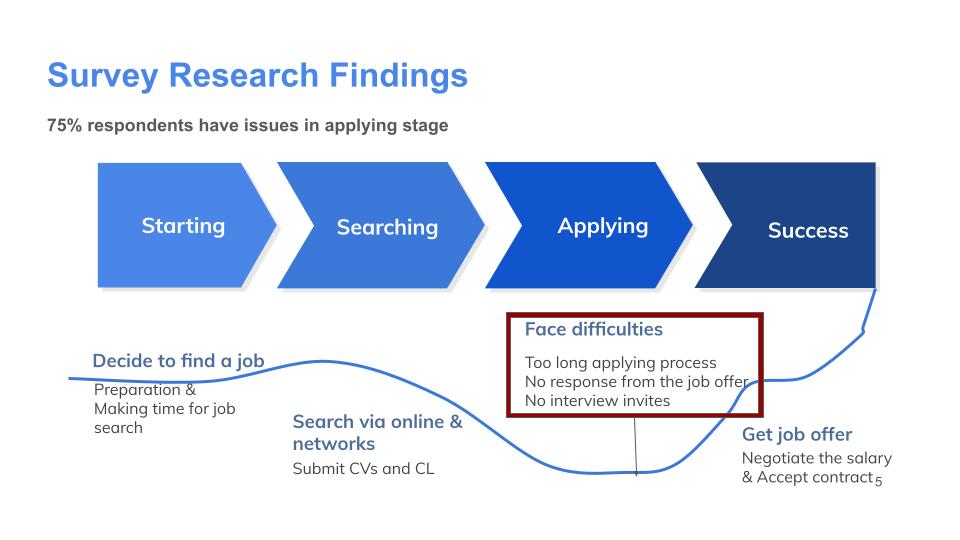
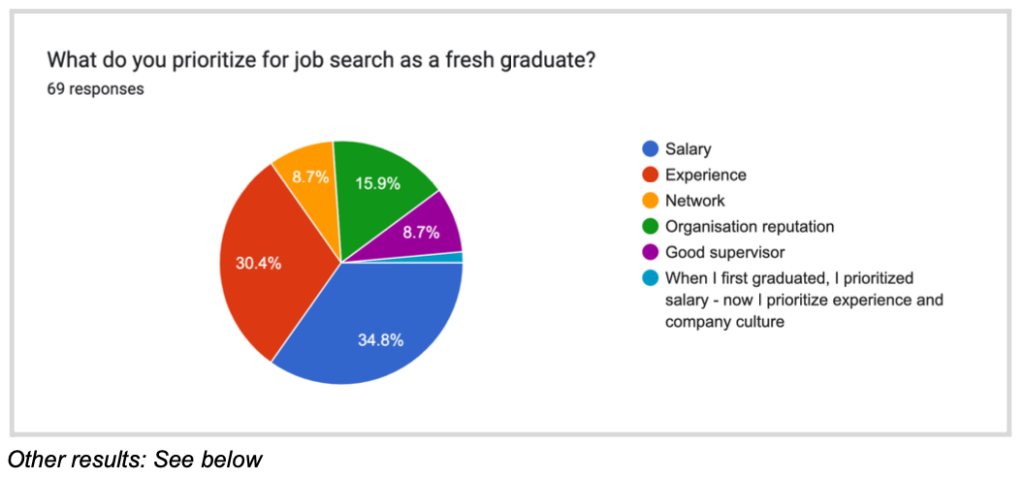
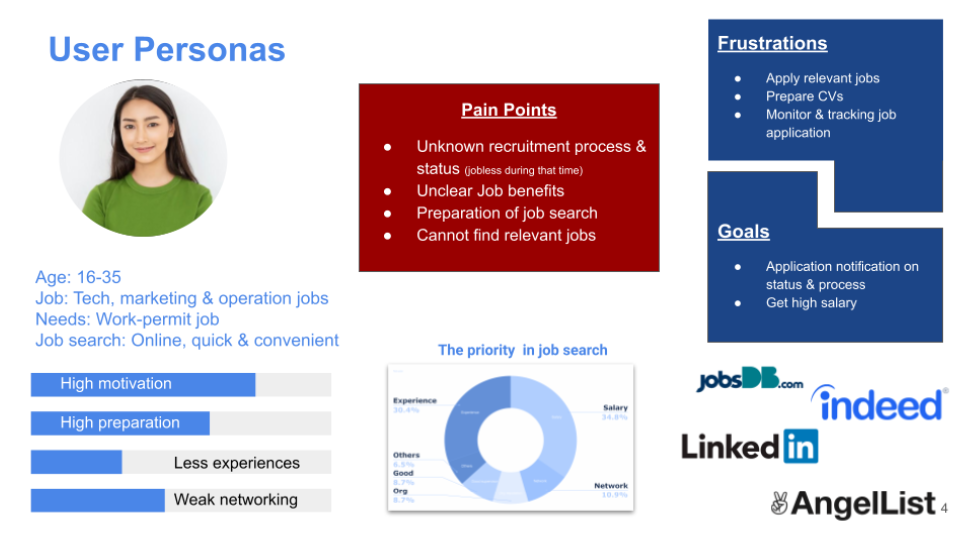
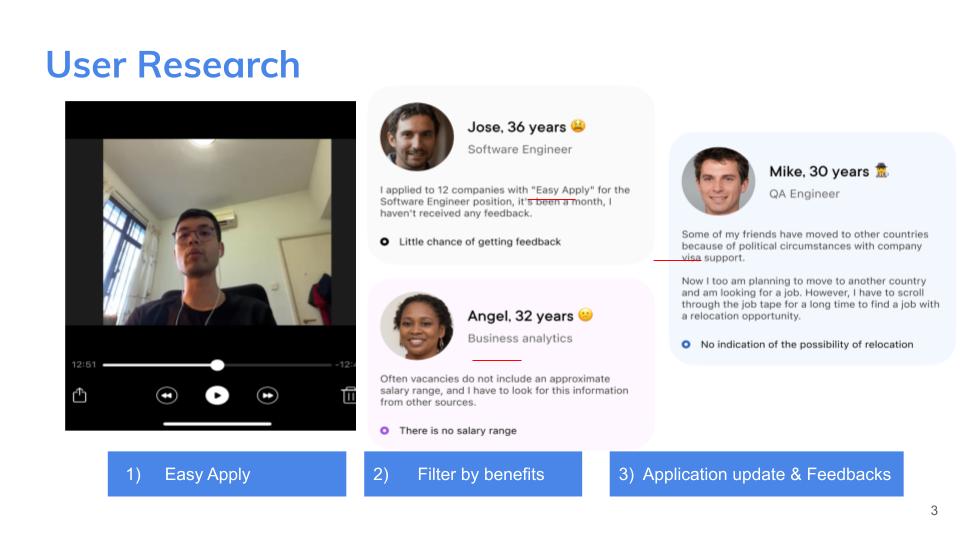
User flow and site map
I synthesized interview data in user research and use this approach get insights, patterns, and themes from the qualitative information gathered during interviews. The following shows how I mapped to understand user needs, resolve pain points, and ultimately provide a more effective and user-friendly job search experience. Creating a user flow for a job search platform, which includes job search, application, and application tracking, involves mapping out user steps. To ensure user-friendly and efficient designs, I follow the user-centric design concept inspired by Steve Krug’s ‘Don’t Make Me Think.’ The goal is to simplify job searching, streamline applications, and improve communication and feedback.
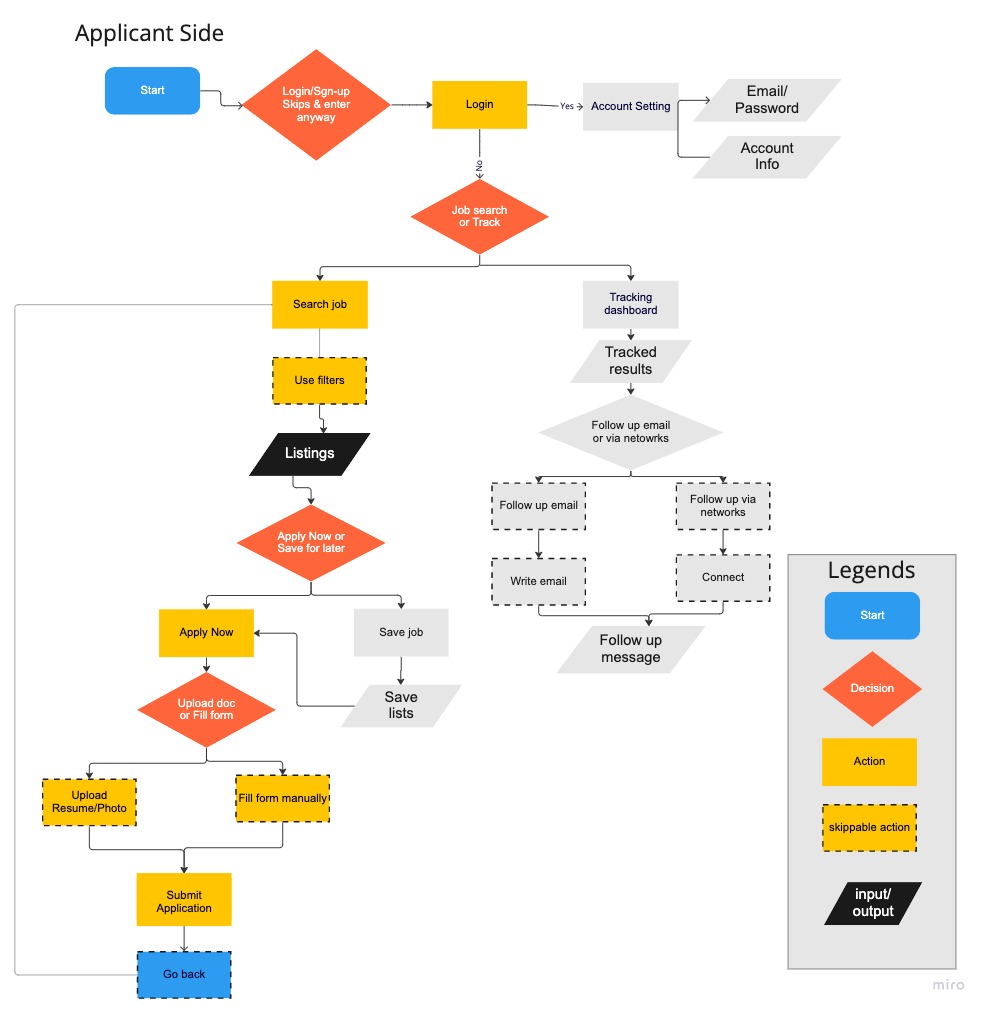
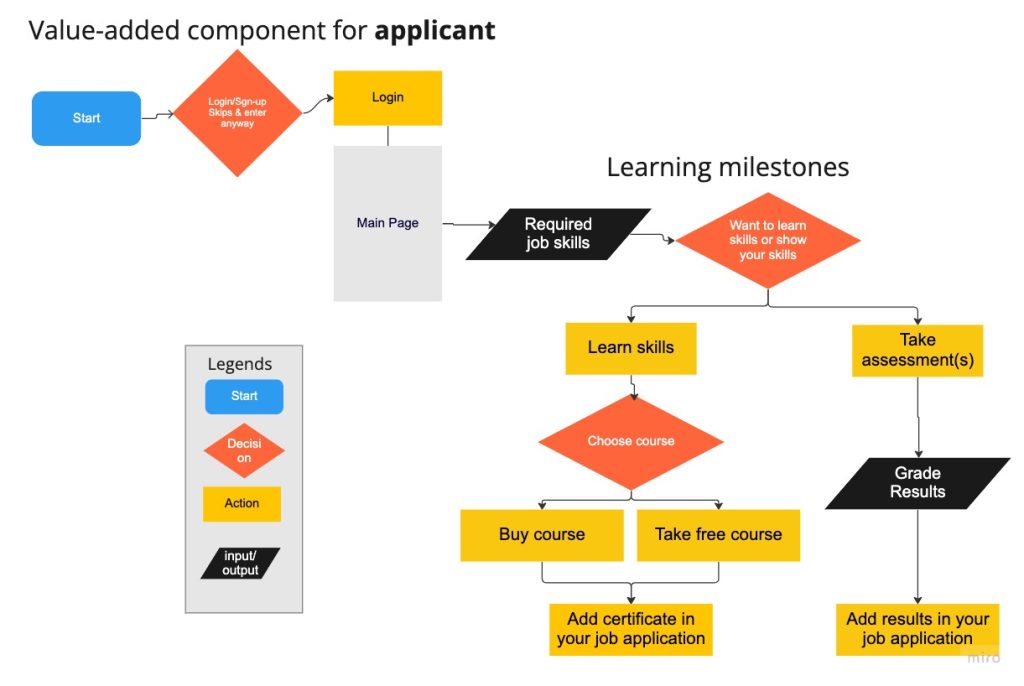
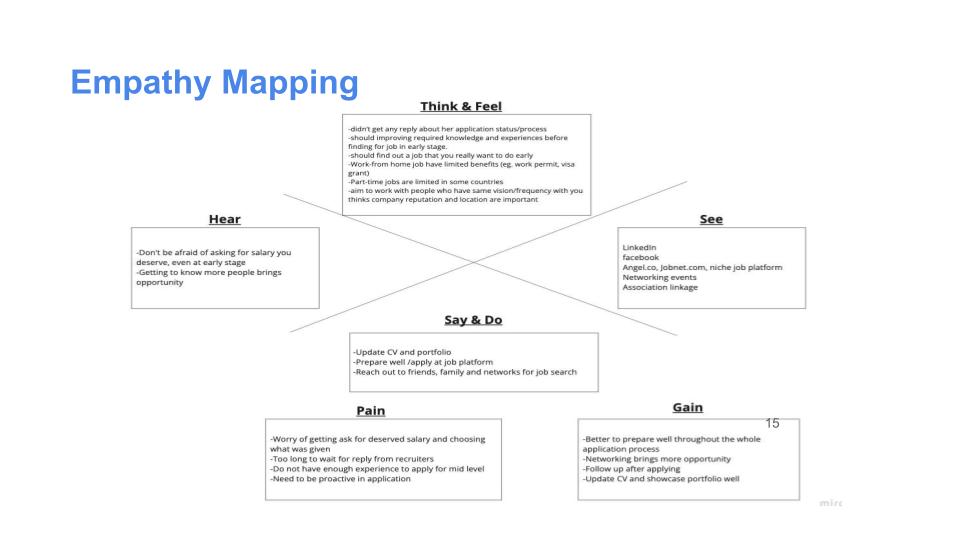
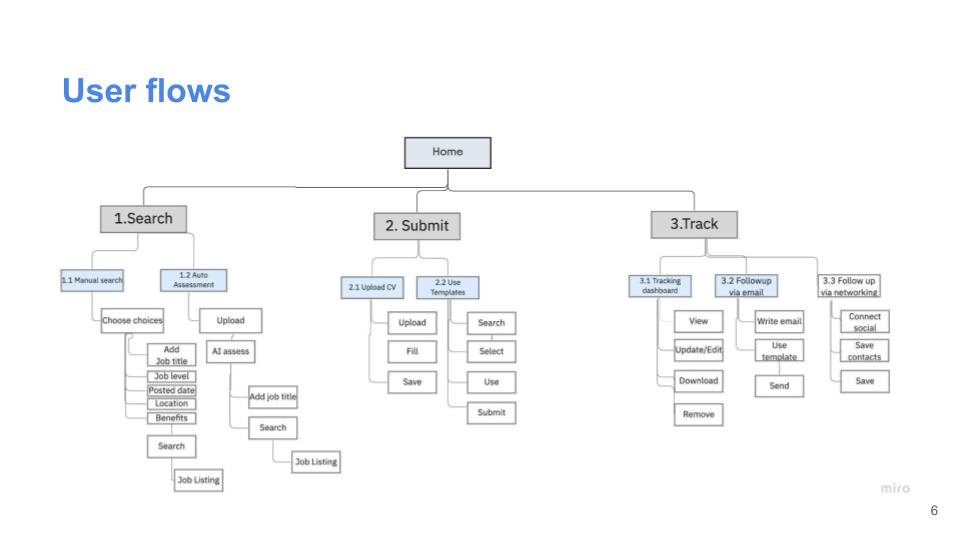
Prototyping and Wireframes
In the development of Via Job, we faced the challenge of wireframing and prototyping. Using tools like Sketch, Illustrator, and Marvel, we created wireframes and prototypes to address common beginner designer challenges, such as layout decisions and content selection. My focus was on aligning with the core “red routes” of our information architecture to ensure a user-centric experience. These efforts aimed to deliver an intuitive and efficient platform that resonates with users on their journey to success.
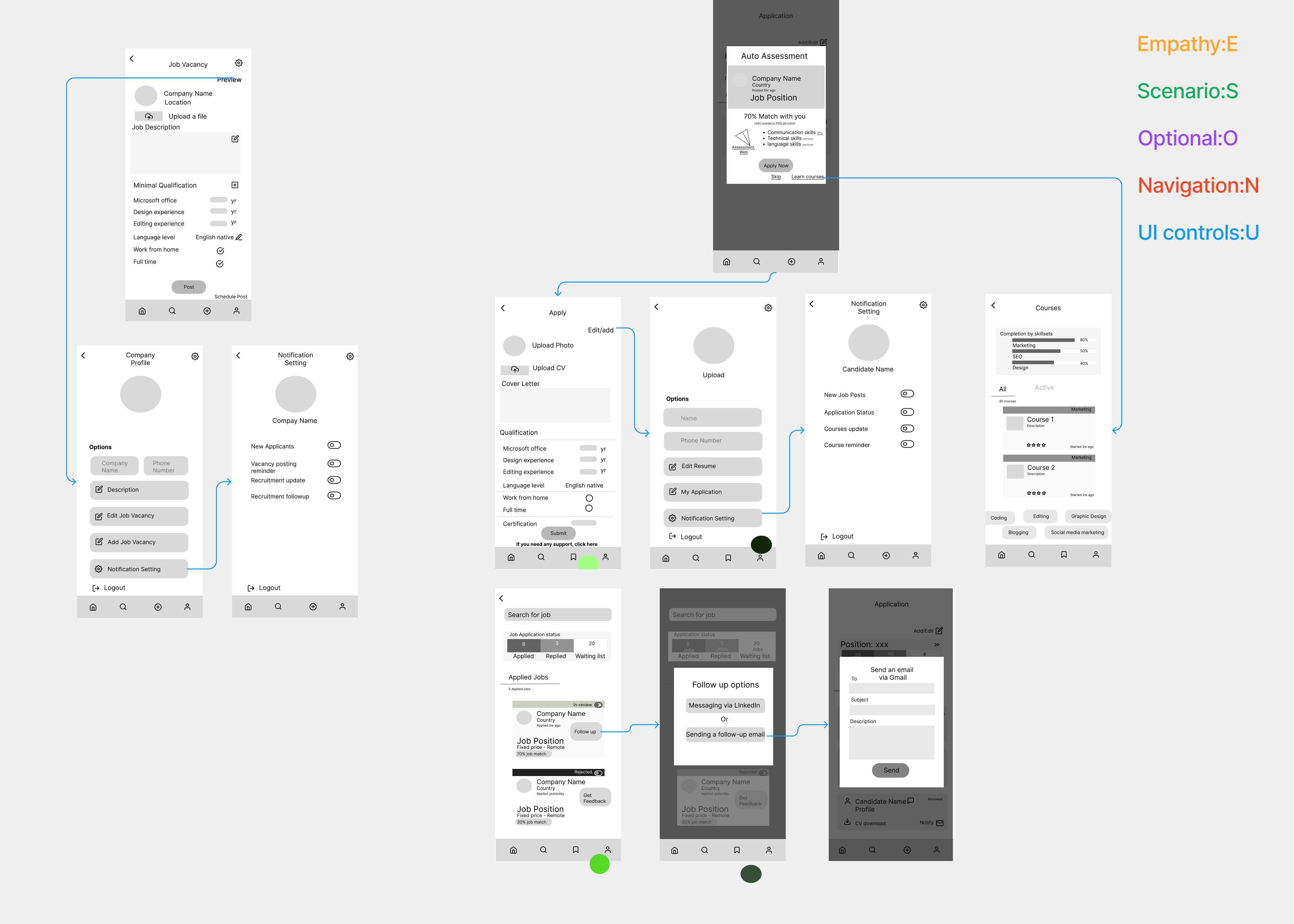
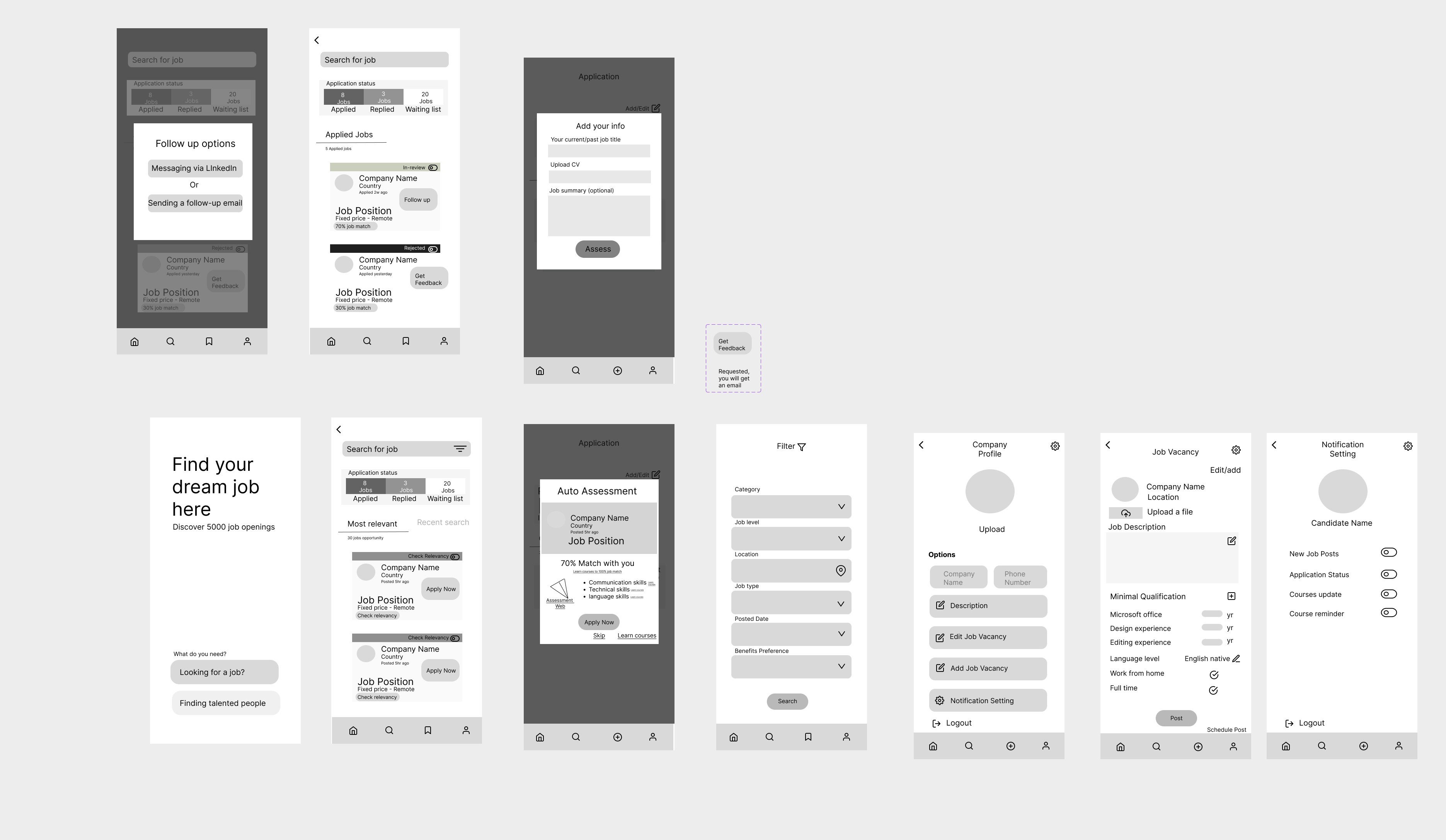
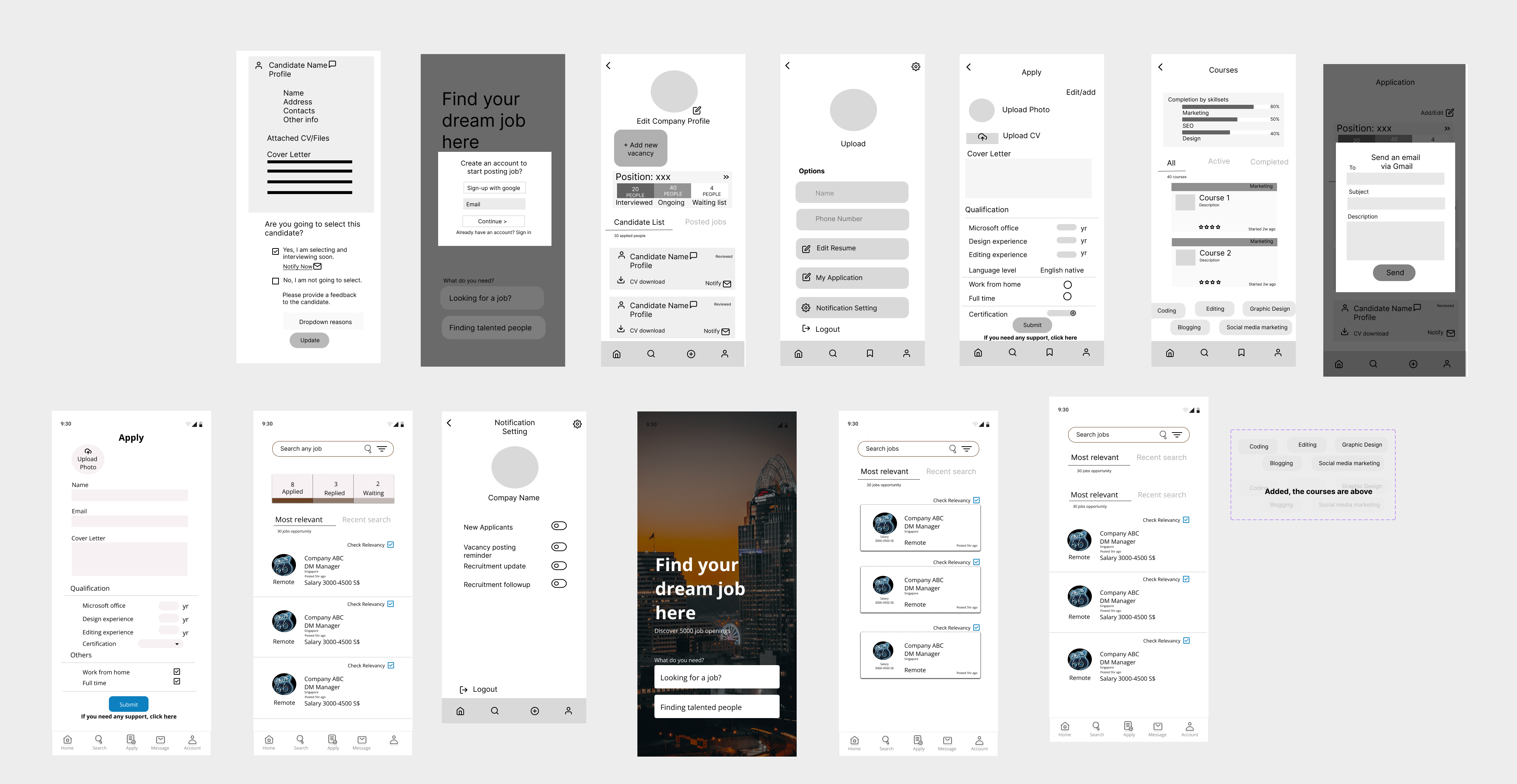
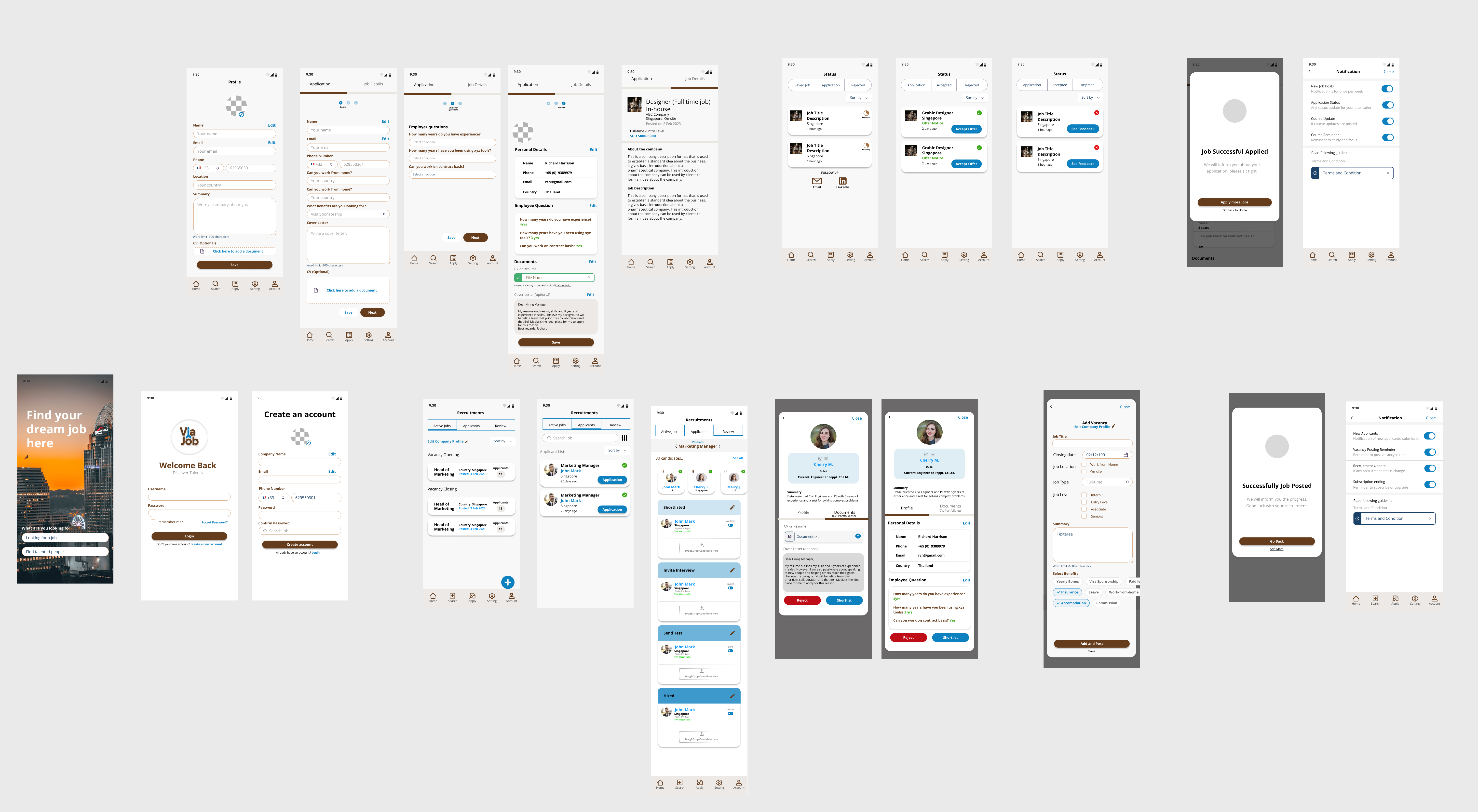
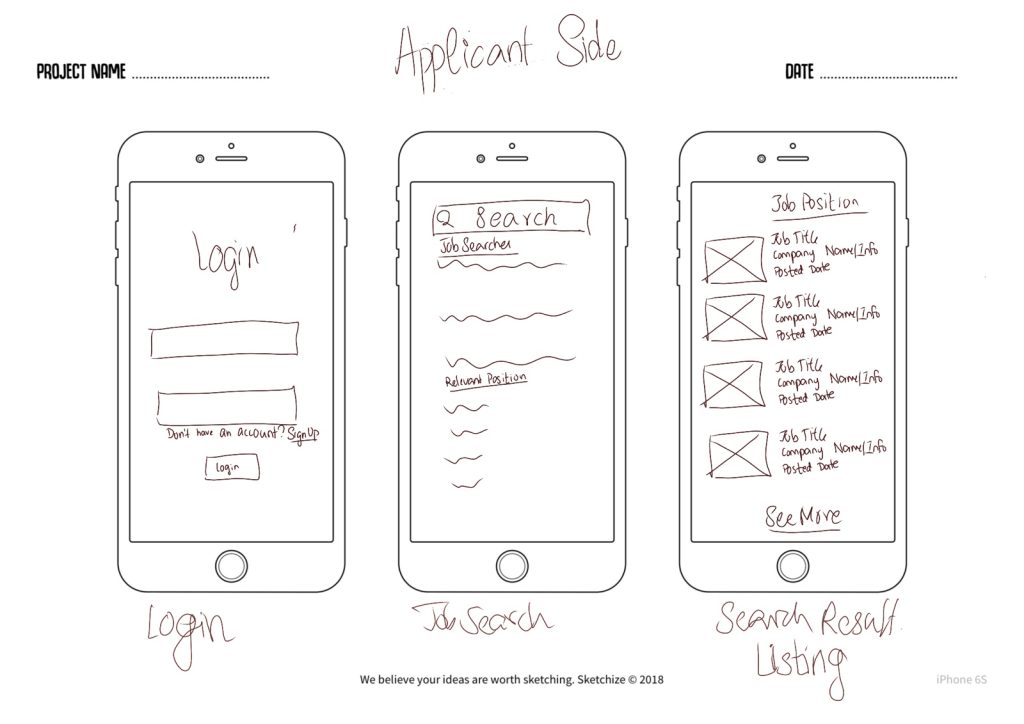
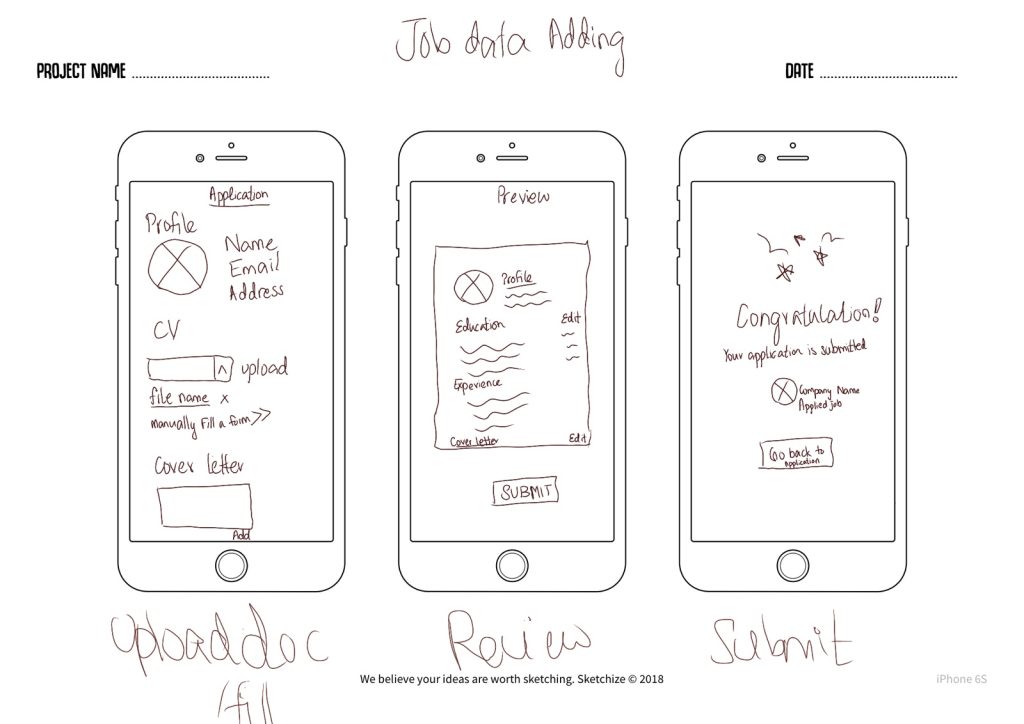
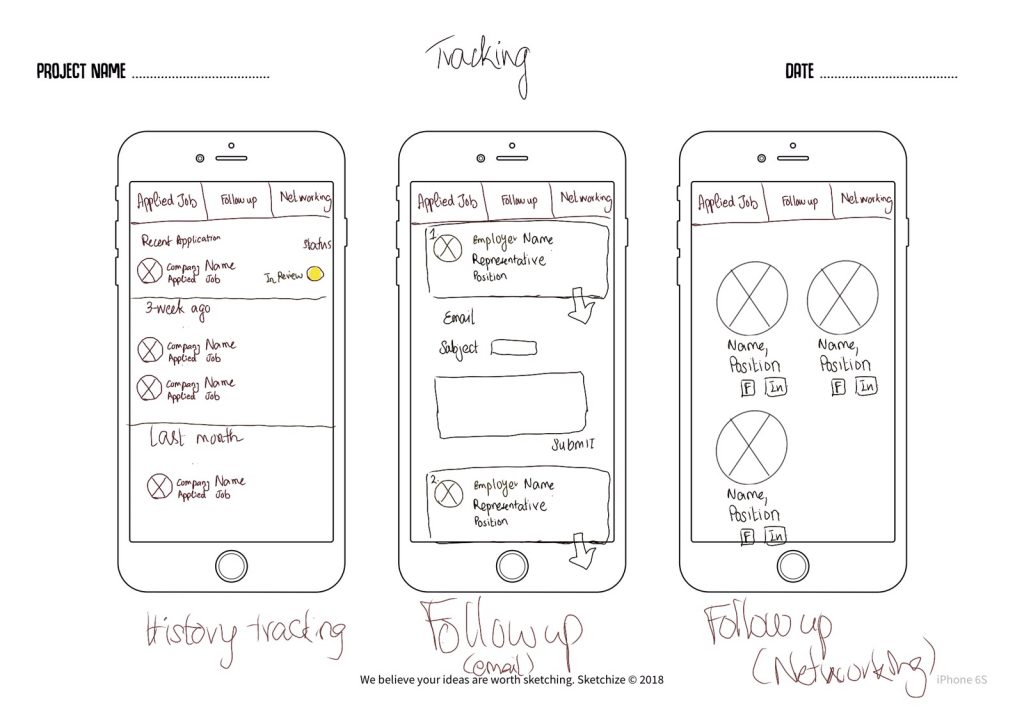
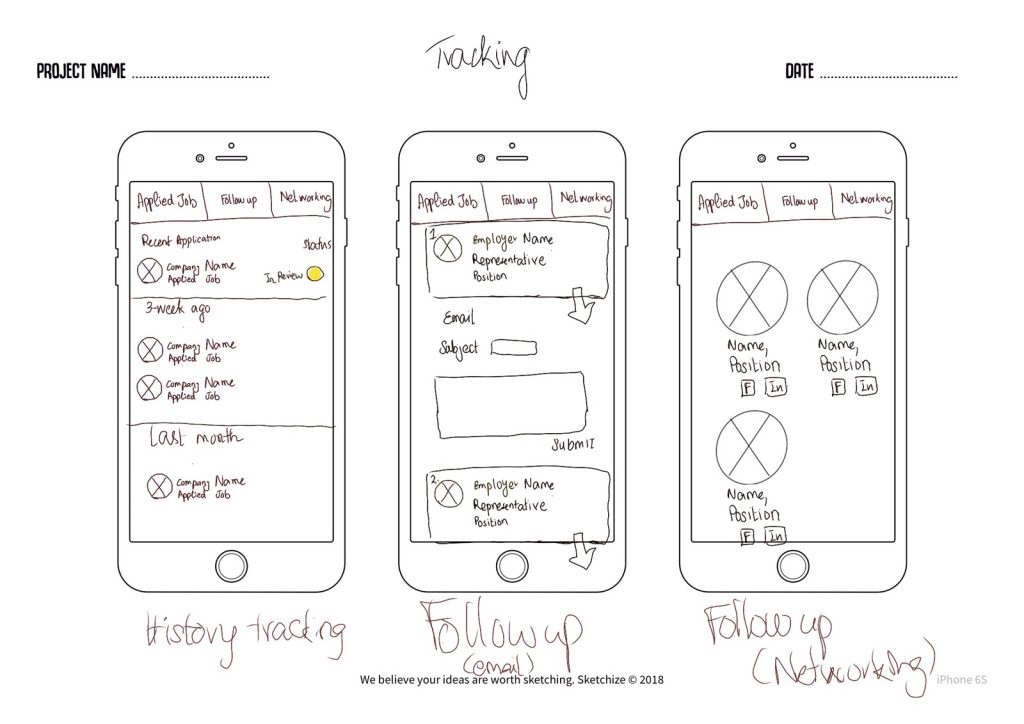
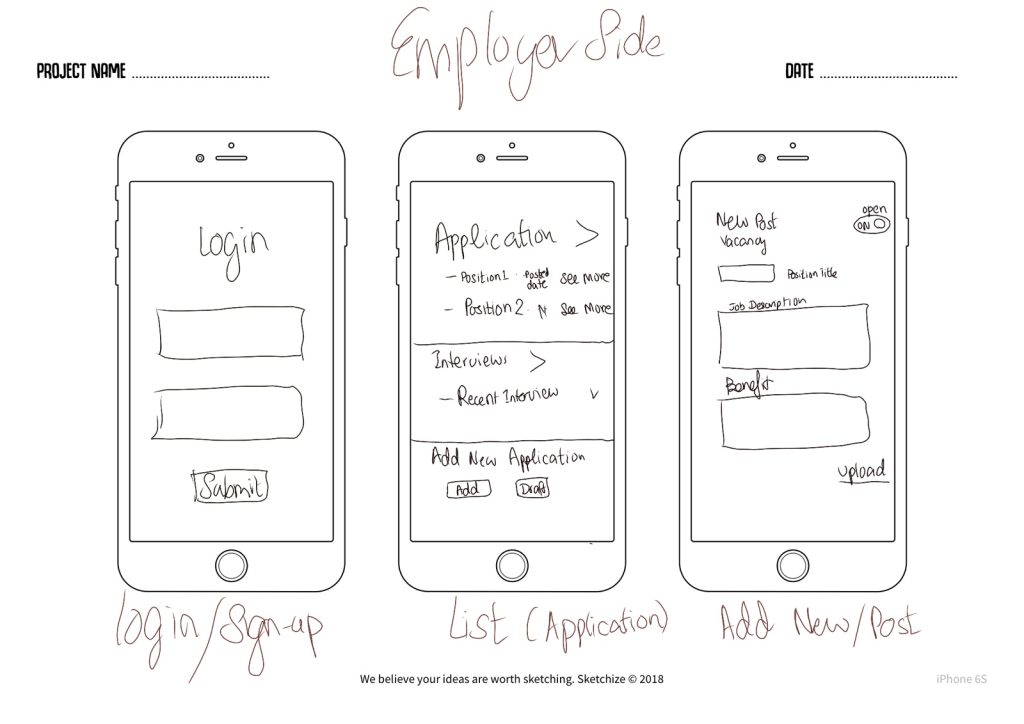
Design Principle
I selected three industry leaders: LinkedIn, Seek Job and Job Street in job application platforms based on their popularity, extensive geographic coverage, and large user base.
The platform’s primary goal is to empower applicants in securing jobs by facilitating the application process for relevant positions and increasing the success rate of their applications. By studying these industry-leading platforms, I aim to gain valuable insights into effective design strategies and identify areas where improvements can be made. I will employ a heuristic approach to assess the design principles employed by these leading platforms, providing a deeper understanding of what works well and what doesn’t in their designs.
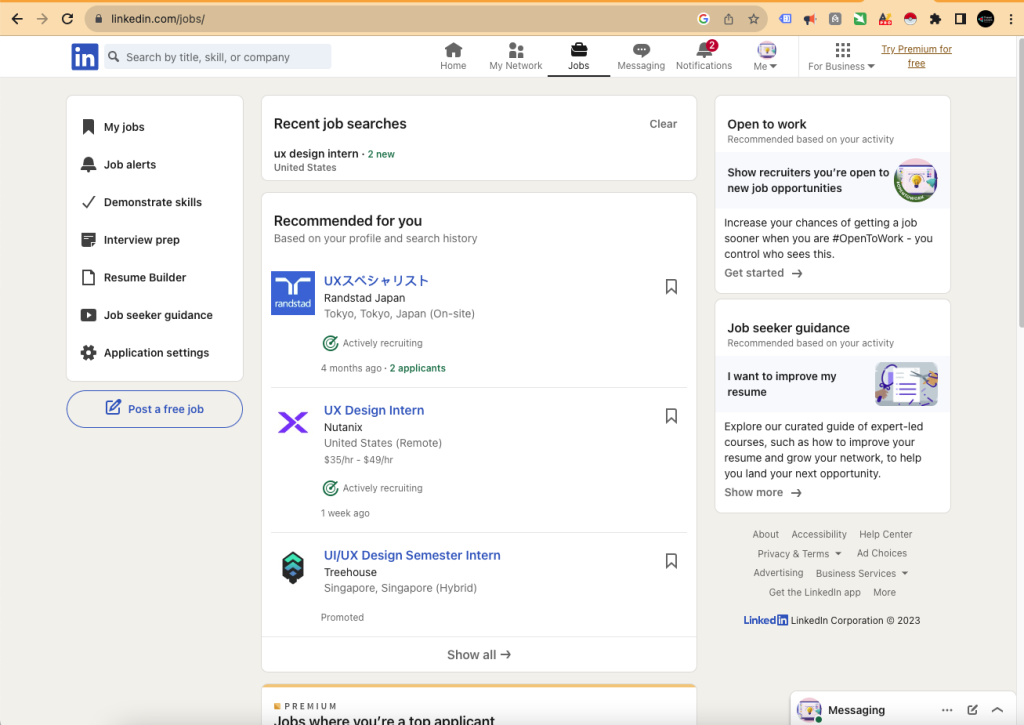
Strengths
Job Search Stage: Recognition rather than recall, Consistency and standards
Apply Stage: User control and freedom, flexibility and efficiency of use
Communication Stage: consistency and standards

Seek Job
Strengths
Job Search Stage: Aesthetic and Minimalist
Apply stage: Match between system and the real world Recognition rather than recall, Error prevention
Weakness
Apply Stage: Aesthetic and Minimalist
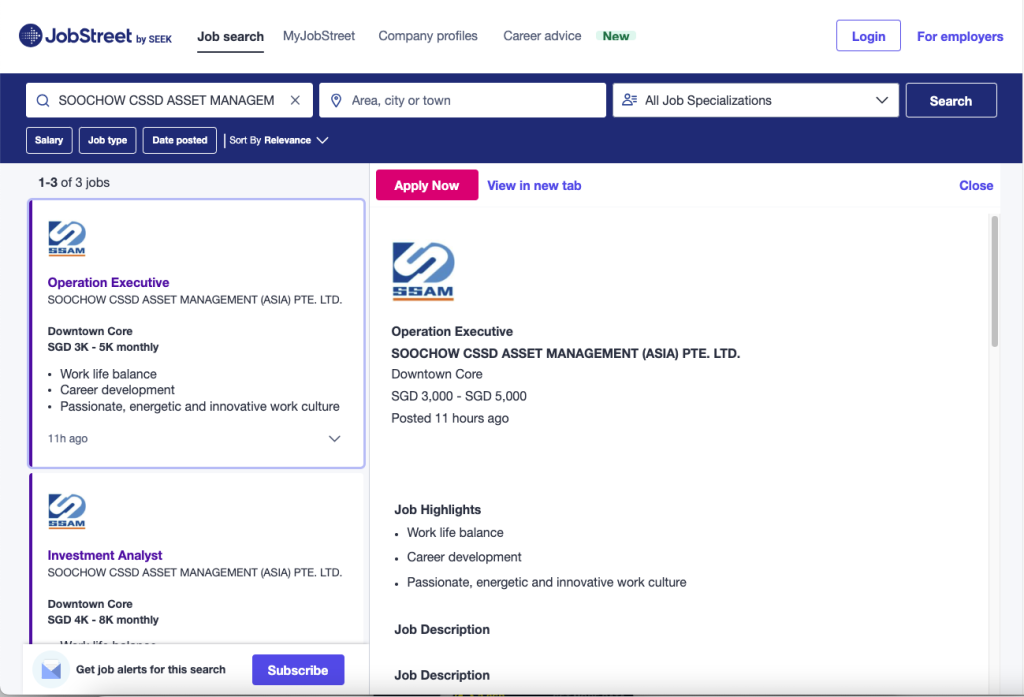
Job Street
Strengths
Login Stage: Help and Documentation, User control and freedom, Recognition rather than recall, consistency and standards
Weakness: Error prevention, recognition rather than recall, user control and freedom
Design Challenges
Designing the ideal job search platform, like Via Job, presents several key challenges. These include creating a user-friendly job application form that balances data collection and ease of use, prioritizing content for effective user guidance, and ensuring clear and intuitive wording for buttons, text, and icons. My mission is to conquer these challenges, providing users with a seamless and efficient job-seeking experience.
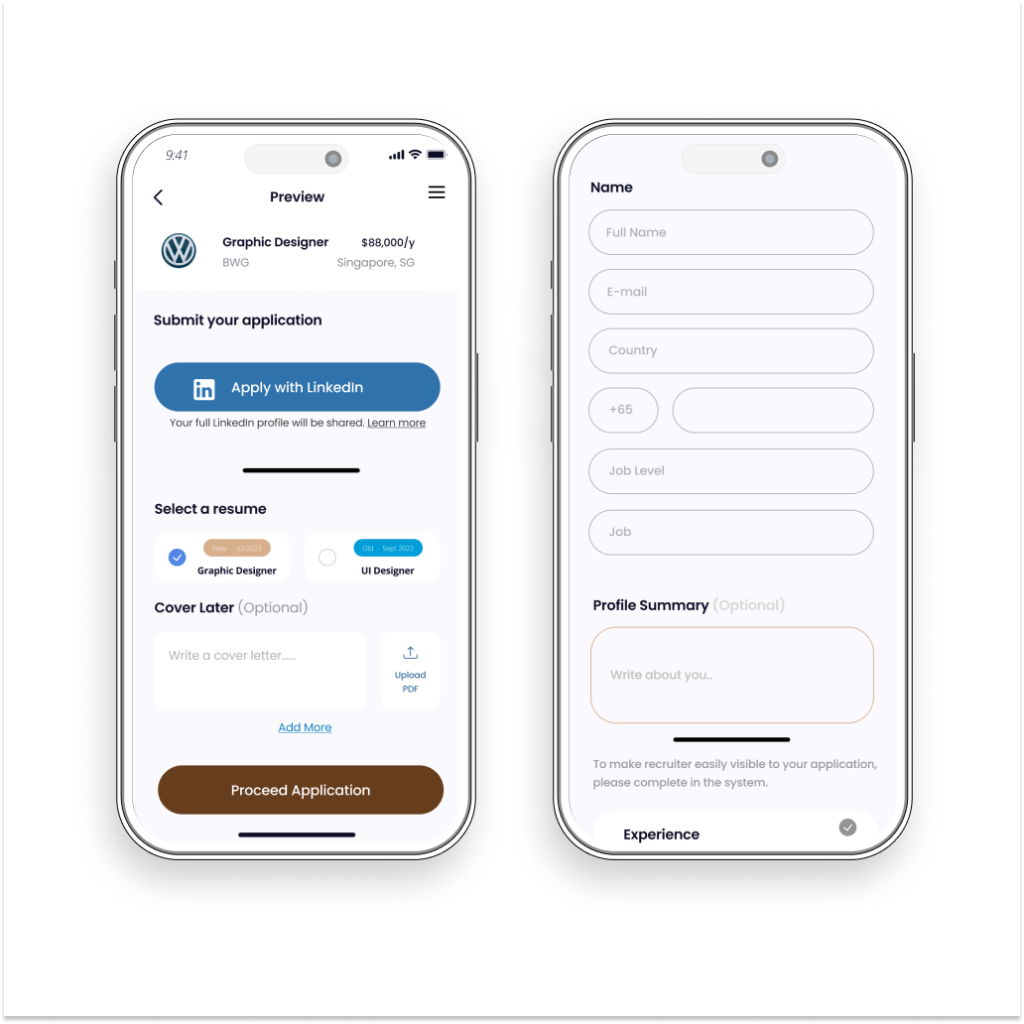
Application Form-fill stage
Challenges: Balancing design progression, introducing the form-fill stage effectively, and identifying vital job seeker information posed a significant challenge.
Solutions: To address this, I made competitor ananlysis on their designs and evaluated efficiency and ability to complete the the forms without hesitation or delay.
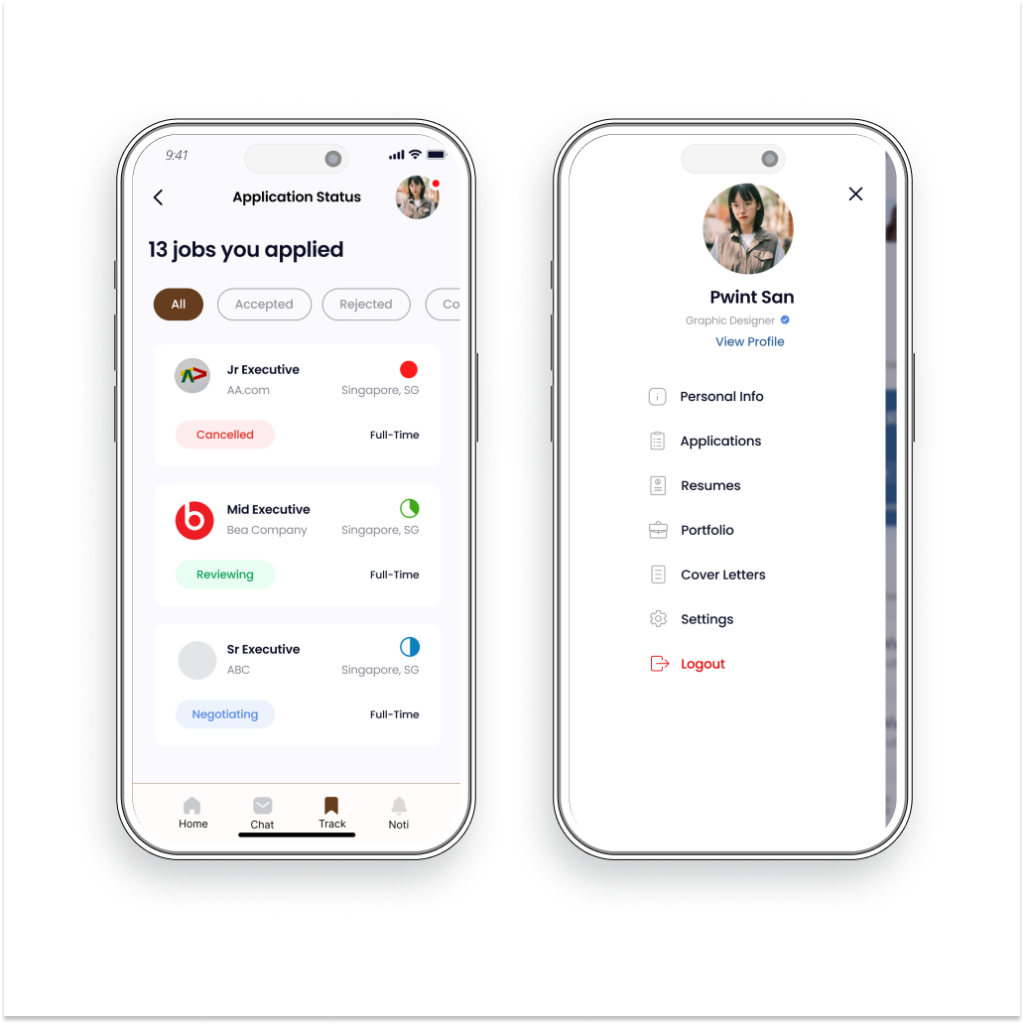
Prioritizing Content
Challenge: Determining what to feature on the navigation bar, particularly on the homepage, posed a challenge in content prioritization for the job search platform.
Solution: To effectively address this challenge, I conducted empathy research: interviews and surveys with 8 participants, providing valuable insights into user priorities and pain points.
.
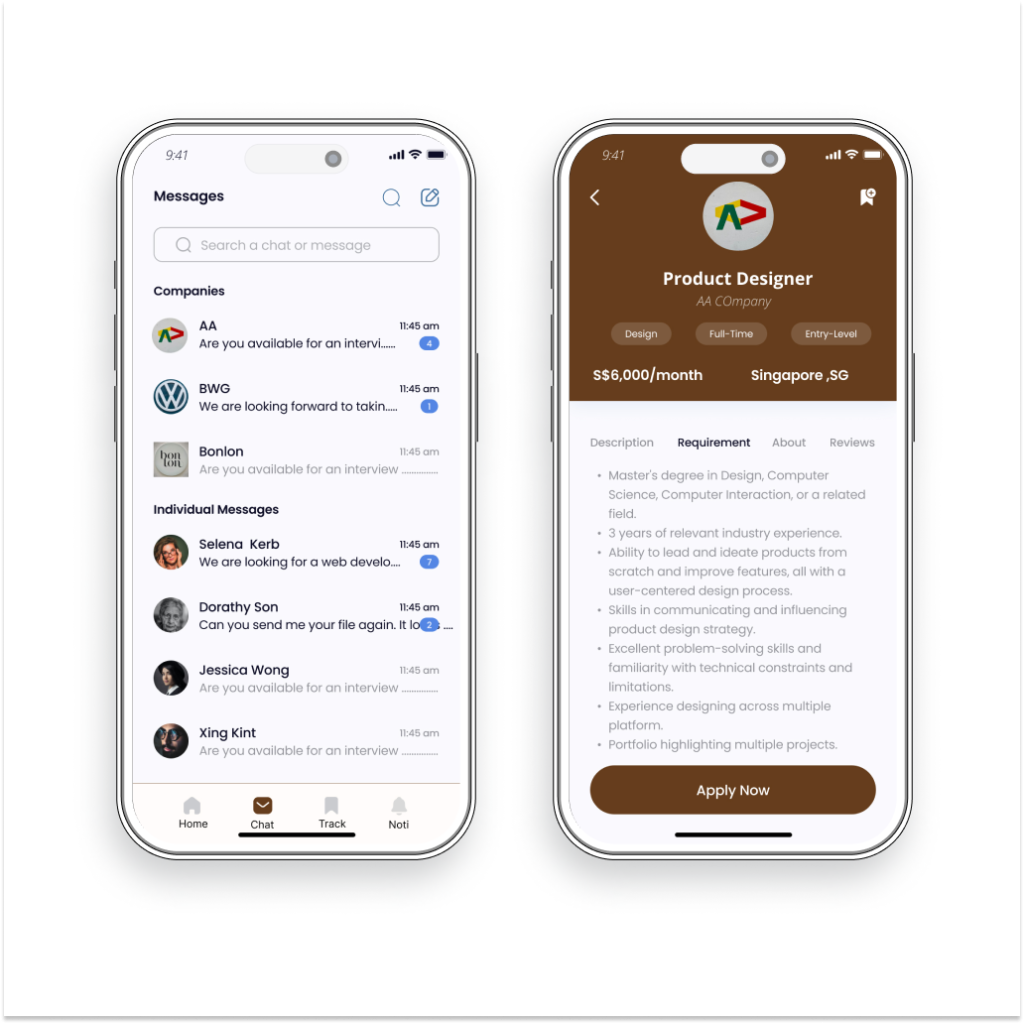
Wording Choice
Challenge: Selecting the right terminology, not to confuse.
“WRITE SUMMARY” or ” MAKE YOUR PITCH”
“NETWORKING,” or ” CHAT”.
“APPLY NOW” or “SUBMIT APPLICATIONS” and more.
Solution: To enhance user understanding, usability testing revealed the need for hint phrases in a subtle color within the question box, providing guidance on what is expected.
Action if things go wrong
In case users face difficulties tracking their job applications, I planned to add user guides or videos within the system for assistance. Additionally, if users took too long to complete forms or skipped questions, I would revisit the questions to streamline the process and save users time and effort.
Impact Measurement
My core values center around simplicity, focus, and utility, all geared towards helping users secure employment swiftly. My definition of success hinges on users successfully completing job applications and achieving high acceptance rates, underscoring the importance of quality throughout the process.
I firmly believe that effective utilization of the platform can transform existing users into loyal customers while simultaneously drawing in more potential leads. However, to surpass industry leaders, it’s clear that research and design alone are insufficient. Given additional time and resources, I would embark on more extensive research and extend usability testing to further enhance the effectiveness of my platform
IF you want to contact me, please click the button.
Hi-fidelity Designs
